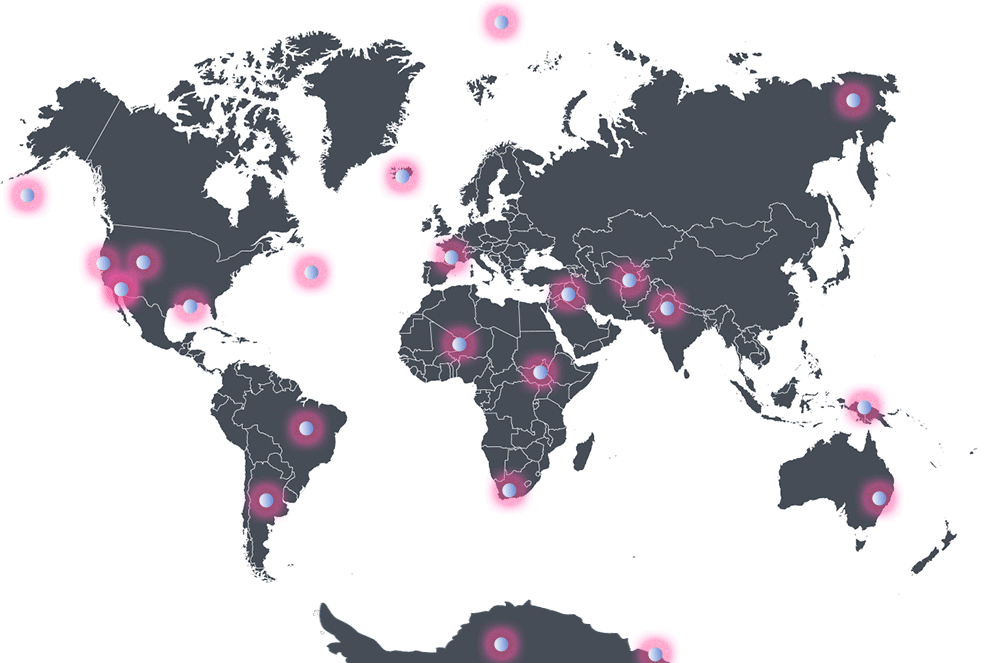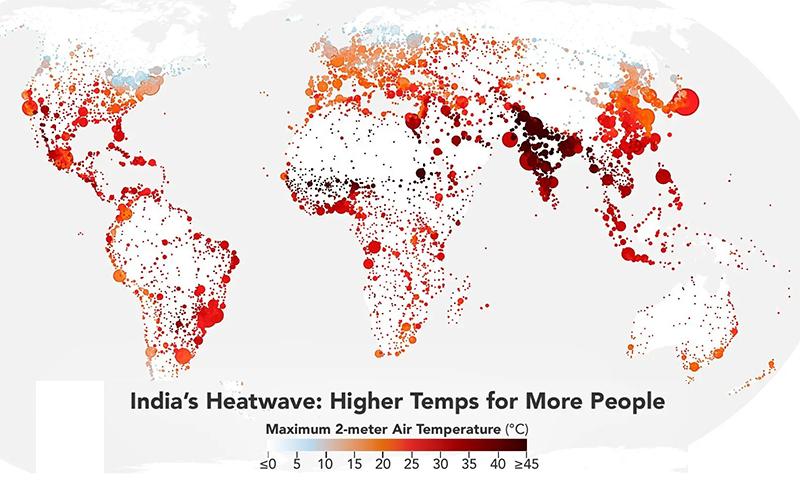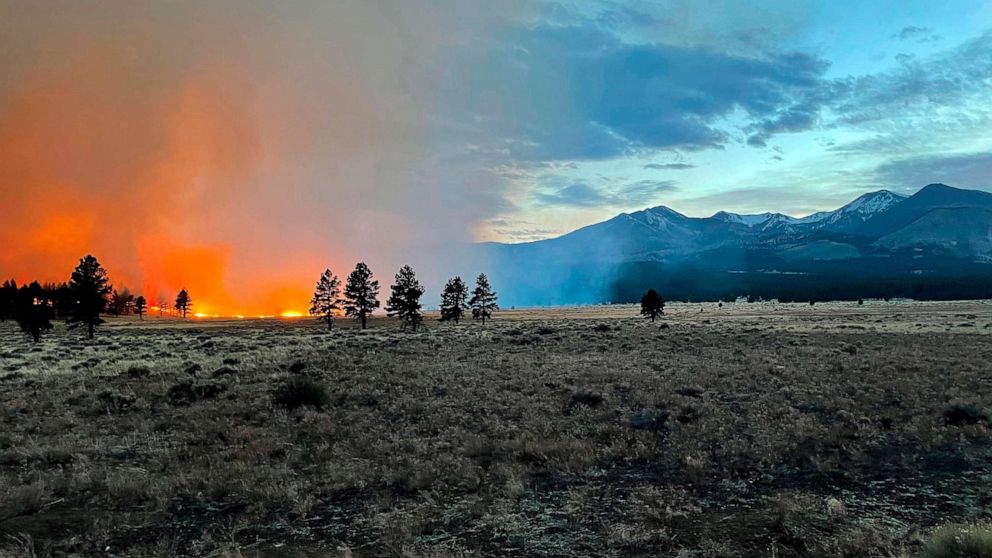
Record May Heatwave in Spain 107F (42C)
Much of southern and central Spain is experiencing record May temperatures as temperatures near 105°F. The region from Andalusia in the south, Extremadura in the south-west and Madrid, Castilla La Mancha and Aragon in the north-east. is 15 to 20° Fahrenheit above normal. In many places, overnight temperatures topped 77°F degrees Celsius (25C) which is practically unheard of in the peninsula in May. Across the Straits of Gibraltar, Morocco reports 117°F on May 21.
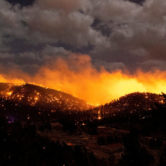
New Mexico’s Largest Wildfire in History Continues to burn
Some residents of northeastern New Mexico have not be able to return to their homes for weeks. Their lives are likely to be changed for the foreseeable future and may never return to normal. The Calf Canyon fire continues to grow and has torched 311,252 acres as of late May a month after it started. Thousands of people have been evacuated.

What Do You Mean We’re Out Of Mustard?
Another one of those goodies that are going to be hard to come by as warming temperatures are already causing problems with the harvest. Production for Dijon Mustard seed, one of France’s most iconic food products, is down 50% in both France and Canada, two key growing areas. Many supermarket shelves in France are empty shelves with global shortages predicted for later in the year. Prices are expected to increase 75%. The Burgundy region is also experiencing trouble with grape production, also attributed to global warming-driven temperatures and extreme weather.
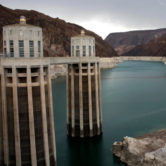
Lake Mead and Lake Powell Hit Record Lows
The two largest sources of fresh water in the Southwest have hit new lows as authorities curtail releases from the Colorado River. It is going to be a tough summer in LA, Phoenix and Vegas. But then, it was all predictable, wasn’t it?
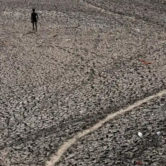
Indian Wheat Harvest Threated By Simultaneous Heat (120F) and Flooding
While a huge swathe of India bakes under record-breaking heat, the vast country’s northeast is being devastated by floods. Beginning in March, torrential rains smashed into Assam and Arunachal Pradesh last week, triggering floods and mudslides that have washed away houses, fields of crops and bridges.
500,000 people have been displaced in the Northeast of the country with countless dead not yet reported. A statement from climate activist Licypriya Kangujam sums it up: “People don’t have drinking water, there’s limited food in stock, all forms of communications have been cut off and we don’t have any means of transportation as all the roads have been washed away by floods and landslides”
